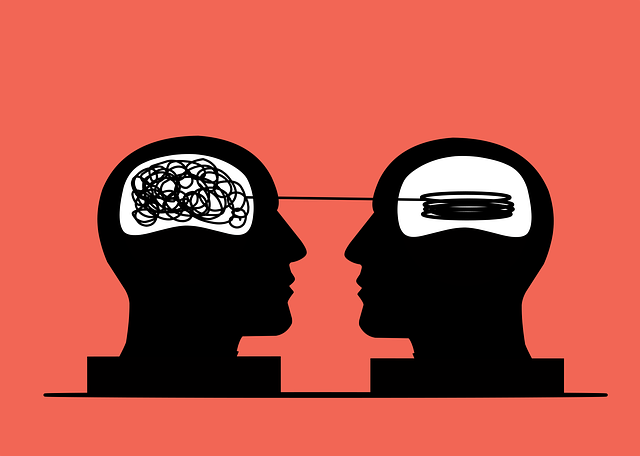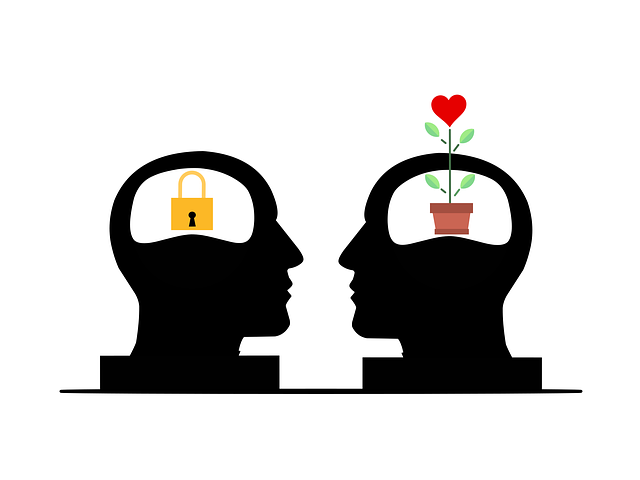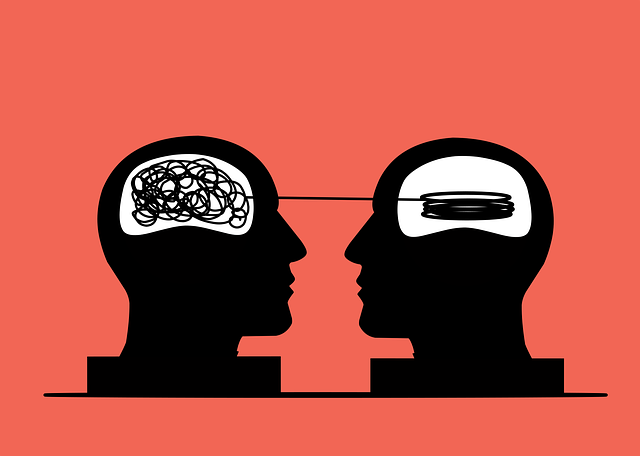Behavioral Activation Therapy (BAT) is an evidence-based depression treatment program that leverages behavioral changes to improve mood and well-being. By encouraging individuals to engage in meaningful and enjoyable activities, BAT disrupts negative thought patterns associated with depression. This therapy combines skill training with scheduling activities to break free from avoidance behaviors, ultimately fostering a sense of purpose and engagement in life. To implement BAT effectively, assess activity levels, use Motivational Interviewing, track moods and activities, gradually expose individuals to new activities, enhance enjoyment through hobbies, and monitor progress with adjustments as needed. This holistic approach, combining physical activity and enjoyable pursuits, offers a powerful depression treatment option gaining traction for its effectiveness in reducing symptoms.
Behavioral Activation Therapy (BAT) is a powerful approach revolutionizing depression treatment programs. This comprehensive guide explores BAT’s core principles, science, and step-by-step implementation. We delve into its key components: physical activity, social connections, and pleasurable activities. By understanding the evidence and effectiveness of BAT, mental health professionals can integrate it into depression treatment programs, offering a promising path to recovery and improved well-being.
Understanding Behavioral Activation Therapy: A Comprehensive Overview

Behavioral activation therapy (BAT) is a highly effective depression treatment program that focuses on helping individuals understand and modify their relationships with activities and behaviors. This evidence-based approach emphasizes the importance of engaging in meaningful and enjoyable activities to improve mood and well-being. By identifying and increasing positive behaviors, BAT aims to counteract the negative thought patterns and avoidance strategies often associated with depression.
In this therapy, clients work closely with trained therapists to develop a personalized list of activities that can be readily enjoyed and have potential for rewarding experiences. The therapy involves setting specific and achievable goals, scheduling these activities into daily routines, and gradually increasing engagement as symptoms improve. This structured approach empowers individuals to take an active role in their recovery, fostering a sense of control and purpose while effectively managing depressive symptoms.
The Science Behind BAT: How It Works and Its Rationale

Behavioral activation therapy (BAT) is a highly effective depression treatment program that focuses on guiding individuals to engage in activities they find meaningful and rewarding, thereby improving their mood and overall well-being. The science behind BAT stems from the understanding that depression often leads to a reduction in engaging in activities that are enjoyable or lead to a sense of accomplishment—a key contributor to the maintenance of depressive symptoms. By encouraging participation in pleasurable activities, BAT seeks to counteract this pattern, fostering positive emotions and strengthening individuals’ connection with their values and goals.
At its core, BAT is grounded in behavioral theory, positing that our behaviors significantly influence our thoughts and feelings. Through a structured approach, therapy participants learn to identify enjoyable activities, set goals aligned with personal values, and gradually increase their engagement in these activities despite initial lack of motivation. This process, known as “behavioral activation,” helps break the cycle of withdrawal and apathy often associated with depression, offering a practical and effective strategy for managing symptoms and enhancing overall mental health.
Key Principles and Components of the Therapy Approach

Behavioral activation therapy (BAT) is a evidence-based depression treatment program that focuses on helping individuals identify and engage in activities that bring them pleasure or a sense of accomplishment, ultimately improving their mood and well-being. The key principle behind BAT is to promote behavioral changes by encouraging participation in valued activities, which can counteract the negative thought patterns and emotional states often associated with depression.
The primary components of this therapy approach include skill training, such as learning to recognize and challenge unhelpful thoughts, setting goals, and engaging in pleasant activities. It also emphasizes the importance of scheduling enjoyable activities, even when motivation is low, to help individuals break free from a cycle of avoidance and negative routines. By combining these strategies, BAT aims to restore a sense of purpose, increase engagement with life, and provide effective depression treatment without relying heavily on medication.
Step-by-Step Guide to Implementing Behavioral Activation Techniques

Behavioral activation therapy (BAT) offers a structured approach to combating depression, focusing on increasing engaging activities and improving overall mood. Here’s a step-by-step guide to implementing BAT techniques effectively within depression treatment programs:
1. Assess and Plan: Begin by evaluating the individual’s current activity levels, preferences, and barriers. Identify goals that are meaningful and achievable for them. Create a personalized plan outlining specific activities that align with their interests and values.
2. Engage in Motivational Interviewing: Encourage open dialogue to explore the person’s ambivalence towards change and help them clarify their values and aspirations. This process fosters motivation and commitment to participating in behavioral activation.
3. Track Activity and Mood: Implement a simple tracking system where individuals record daily activities and corresponding changes in mood or energy levels. This helps both the client and therapist identify patterns and understand the impact of different activities on overall well-being.
4. Gradual Exposure to Activities: Start with smaller, less intimidating tasks and gradually increase the intensity and duration of activities as comfort and confidence grow. This step-by-step approach ensures a sense of accomplishment and reinforces positive behavior change.
5. Enhance Enjoyment and Social Connection: Focus on activities that bring pleasure or foster social interaction, which can significantly boost mood. Encourage clients to engage in hobbies, spend time with supportive loved ones, or participate in community events.
6. Monitor Progress and Adjust: Regularly review the activity plan and make adjustments as needed based on the individual’s response. Celebrate small victories, acknowledge progress, and provide support during challenges to maintain momentum.
Incorporating Physical Activity, Social Connections, and Pleasurable Activities

Incorporating physical activity into a depression treatment program can significantly enhance mood and overall well-being. Regular exercise releases endorphins, often referred to as ‘feel-good’ hormones, which can combat symptoms of depression. Activities like walking, swimming, or even dancing can provide a much-needed routine and sense of accomplishment, helping individuals regain a sense of control. Moreover, engaging in social connections through group exercises or sports can foster a supportive environment, reducing feelings of isolation often associated with depression.
Incorporating pleasurable activities is another cornerstone of behavioral activation therapy (BAT). This involves encouraging individuals to participate in hobbies or interests they may have set aside due to their illness. Whether it’s painting, playing music, or spending time in nature, engaging in enjoyable pursuits can stimulate the brain’s reward system and create positive associations. By combining physical activity and pleasurable activities, depression treatment programs can offer a holistic approach, addressing both physiological and psychological aspects of well-being.
Evidence and Effectiveness: Research Supporting Behavior Activation Therapy for Depression

Behavioral activation therapy (BAT) has garnered significant attention as an effective depression treatment program. Research highlights its ability to help individuals identify and engage in activities that promote mood improvement. This evidence-based approach focuses on increasing participation in rewarding behaviors, which can lead to a substantial reduction in depressive symptoms.
Multiple studies have demonstrated the effectiveness of BAT. Clinical trials reveal promising outcomes, showing significant improvements in depression severity compared to other therapy types or control groups. The success of BAT lies in its practical application, encouraging patients to explore and participate in activities that foster a sense of purpose and enjoyment. As a result, it offers a viable and accessible option for those seeking relief from depressive disorders.
Integrating BAT into Depression Treatment Programs: Best Practices and Future Directions

Behavioral activation therapy (BAT) has emerged as a powerful tool within depression treatment programs, offering a unique approach to managing symptoms by focusing on goal-directed behavior and environmental modifications. Integrating BAT into these programs involves tailoring interventions to each individual’s specific needs and preferences, ensuring a personalized experience. This often includes helping patients identify meaningful activities and goals, structuring their day-to-day lives, and gradually exposing them to situations that may have been avoided due to depression.
Best practices in BAT implementation highlight the importance of collaboration between therapists and patients, fostering a strong therapeutic alliance. Regular monitoring of progress and adjustments to the treatment plan based on individual responses are key to success. As research continues to grow, future directions for BAT in depression treatment programs include exploring its efficacy in diverse populations, refining assessment tools, and developing digital interventions to enhance accessibility and reach.
